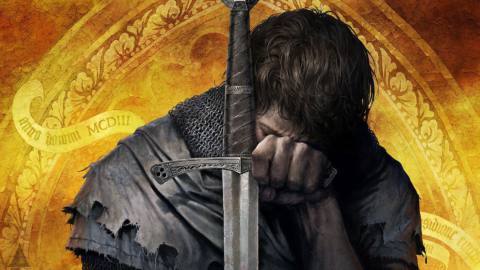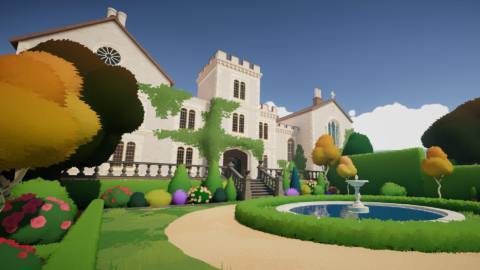
Kingdom Come: Deliverance joins an impressive list of ‘impossible ports’ on Nintendo Switch and ranks among the most ambitious yet seen on the system. Originally developed by Warhorse Studios for PlayStation 4, Xbox One and PC back in 2018, it’s an open world fantasy RPG powered by CryEngine 3. Marked by sprawling landscapes, complex towns – plus the more advanced CryEngine features for its time, it truly pushed last-gen consoles to their limits. And still does, in fact, given that performance struggles to always lock at 30fps to this day. So today, the challenge of making a such a game run on Switch – a portable machine with greater hardware limits – isn’t a trivial one.
Rising to that challenge is Saber Interactive, a team that – on paper – is more than qualified for the task. Between its work on the Switch ports for the Crysis Trilogy and The Witcher 3, the studio not only has close experience with CryEngine on its CV, but also in leveraging the power of Nintendo’s system to handle richly detailed open world RPGs. Let’s be honest though: you likely know how this is going to turn out. Switch’s 2017 mobile technology is showing its age, and we’re long overdue a successor. In cases like Kingdom Come: Deliverance – or Crysis, or The Witcher 3 – the expertise of the developer handling the port only goes so far. When facing strict hardware limits as we have on Switch, a balance must be struck between performance and visual features, and we have to accept it for what it is – but the fact we have the game at all on Switch, I think, is something to be celebrated. And to be frank, there are some nice surprises.
Kicking off, the loading times are a surprise win on Switch. Stacked up against the existing Xbox One version, measuring the time it takes to get from each system’s front-end menu to the game’s title screen throws up something intriguing: Saber has managed to accelerate these transitions on Switch – and notably the speed of booting game. We get an 86 second wait to get to the game’s title screen on Switch, for example, which is hardly a snappy turnaround, but this still compares favourably to Xbox One at 157 seconds. The bandwidth to its internal SD card storage is no doubt a huge help. The install footprint of the game is potentially reduced on Switch as well – in texture and audio asset quality – which means less data to load in overall. Either way, first impressions are positive.






